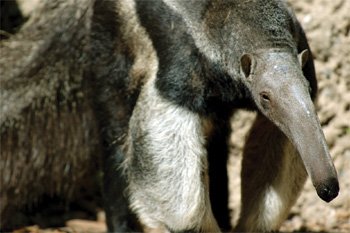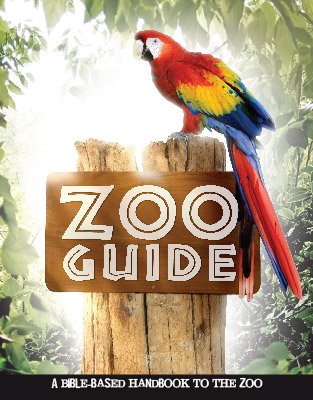Giant Anteater
Design

The anteater is important to the area where it lives. Since it dines on termites and other harmful insects, the anteater keeps these colonies in check. It is also an interesting animal to look at with its unusual and distinct features. The giant anteater is designed with the ability to smell 40 times better than a human. It uses its keen sense of smell to locate food.
Features
- The anteater walks on its knuckles with its toes pointed to the sides.
- It has powerful forearms and sharp claws that it uses to rip open termite and ant nests.1
- The giant anteater does not have teeth while the other two species have small rudimentary teeth that are fragile and soft.
Fun Facts
- The anteater has a tongue that can reach almost 2 ft (0.6 m).
- This animal sleeps as many as 15 hours a day. It sleeps during the day and hunts for food at night.
Created Kind Members
Tamandua, silky anteater
CLASS: Mammalia (mammal)
ORDER: Xenarthra (strange-jointed)
FAMILY: Myrmecophagidae (anteaters)
GENUS/SPECIES: Myrmecophaga tridactyla
Size: 6–8 ft (1.8–2.40 m)
Weight: Males: 40–90 lbs (20–40 kg); Females are smaller than males
Original Diet: Plants
Present Diet: Insects such as termites, ants, and beetles
Habitat: Grasslands and tropical forests in central South America
Zoo Guide
Make your next visit to the zoo more than just fun—make it factual and fascinating too! You could even start a personal “creation zoo tours” ministry. Featuring more than 100 animals, our long-awaited Zoo Guide includes beautiful pictures and explores the amazing facts and design features that point to our awesome Creator. Excellent gift for any one who loves animals!
Browse Kids BookFootnotes
- This is probably the result of design changes after the curse, or it was originally used for a different purpose.
- © 2025 Answers in Genesis
- Privacy Policy
- Contact
- About

